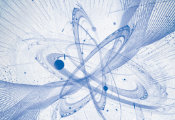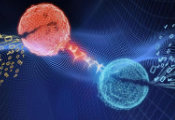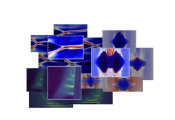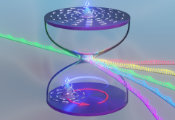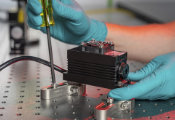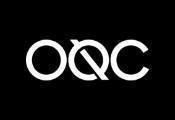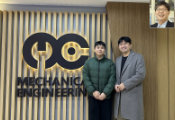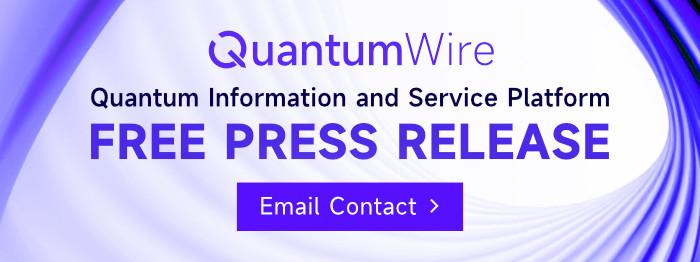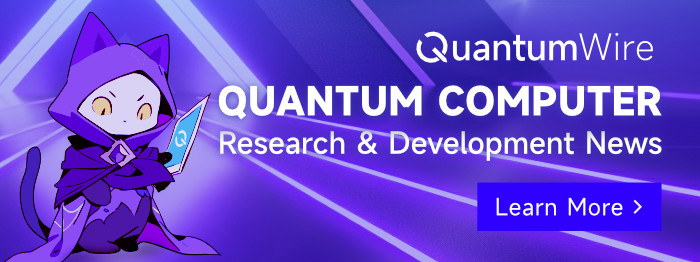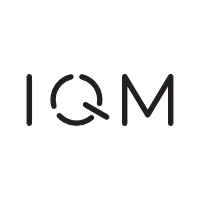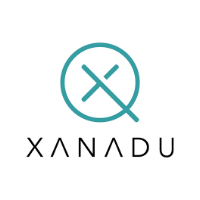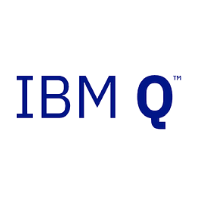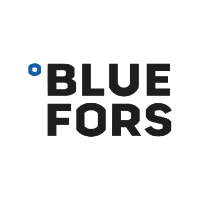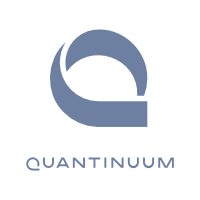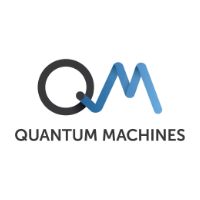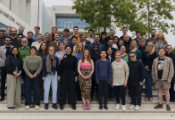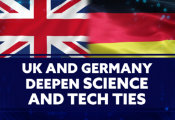New Experiment Shows Quantum Advantage in Learning About Physical Systems
September 25, 2025 -- The world is quantum – made up of tiny particles like photons. Studying the behaviour of these particles is complex, because quantum mechanics tells us they act probabilistically and display counterintuitive properties like superposition and wave-particle duality. A team of international researchers, including Perimeter Institute researcher Sisi Zhou, carried out an experiment demonstrating that quantum entanglement can enable faster and more detailed analysis of a quantum system than is possible using classical methods, laying the groundwork for tackling difficult physical problems.
The experimental results, published in Science, show that quantum entanglement can reduce the number of samples required to learn about a quantum system – specifically the amplitude and phase distributions of light waves. In a classical scenario, the experiment would have to be run over and over again, building up a large sample size to understand the system. This experiment achieved quantum learning with more than 11 orders of magnitude fewer samples than classical methods, demonstrating an unprecedented quantum learning advantage in a scenario involving a scalable photonic system.
Untangling complex quantum systems
“Quantum learning involves trying to learn or sense an unknown property of quantum system,” says Zhou. In a ‘multimode displacement process’ like the one modelled in this experiment, multiple photons in a system are displaced – ie. they change position or momentum and shift to another direction.
“Because there are multiple modes, there can be correlation in the displacement,” says Zhou. “For example, if the first photon moves in one direction, the direction in which the second photon moves depends on that first photon.” This results in a multivariate probability distribution, a very tricky object to characterize.
The classical way to learn about such a quantum system would involve preparing an input state, letting it travel through a channel where it undergoes displacement, and performing a measurement at the end.
But the experimenters instead harnessed quantum entanglement to exponentially simplify the learning process.
In this entanglement-assisted protocol, two systems exist. The first is a probing system where a photon undergoes the displacement channel. The other is a kind of ancillary system of photons.
“The key is that you can allow entanglement between these two systems, and you allow entanglement in the measurement across this bipartite system,” says Zhou.
The results not only showed a significant improvement in quantum learning over classical methods, but the results were also obtained in a non-ideal, noisy environment.
“In real-world experiments, you don’t have perfect entanglement,” says Zhou. “But even in this situation, we can still achieve a significant amount of improvement, as demonstrated in this experiment.”
Solving the no-go theorem
Zhou’s contributions to the project were carried out during her PhD and as a postdoctoral researcher, first with Liang Jiang of the University of Chicago, and then John Preskill of the California Institute of Technology. Her work focused on proving the no-go theorem for the experiment – which demonstrates the impossibility of efficiently learning the displacement using classical mechanisms.
“This specific task was difficult because you have to rule out all classical strategies – and classical strategies can be quite complicated,” says Zhou. “The key is to find the correct mathematical expression proving that, for all these classical strategies, you cannot go beyond certain types of bounds.”
Finding quantum advantage
Quantum learning and sensing has applications for other physical experiments, such as gravitational wave detection and machine learning. This paper is a proof-of-principle that entanglement significantly improves the quantum learning process in comparison to classical approaches.
“What makes this paper stand out is the significant amount of improvement,” says Zhou. “When you increase the number of modes, you can see the advantages going up and up.”

